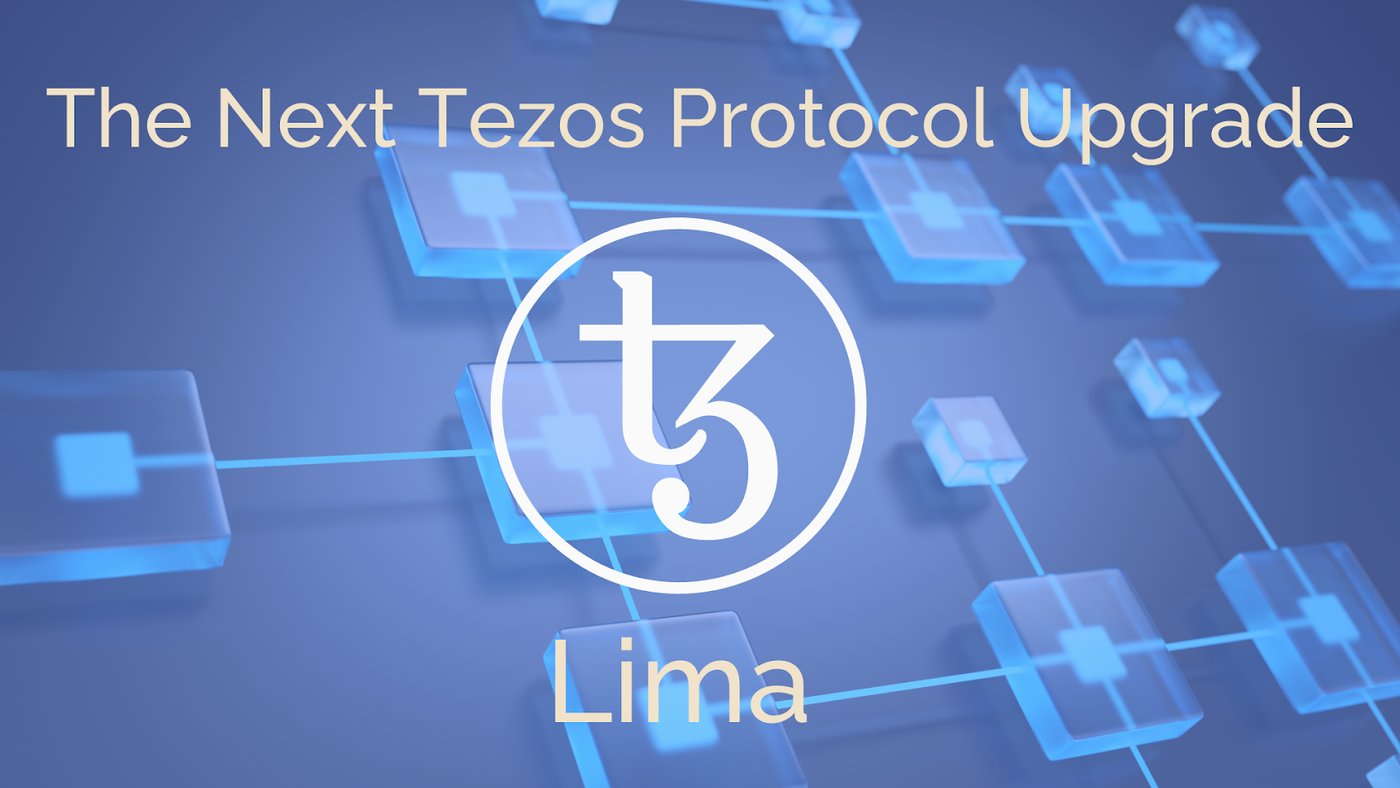Lima update! How Tezos makes the chain run better and better through co-governance

Lima, the capital of Peru in South America, has its real name on the blockchain as PtLimaPtLMwfNinJi9rCfDPWea8dFgTZ1MeJ9f1m2SRic6ayiwW, which represents the 12th update of Tezos. Tezos maintains a fine tradition, and will make a major update and release a new agreement phase in about three months. This update was completed on December 19 last year.
To help you sort out the six important update directions of the Lima Agreement:
- In the pipelined block verification, build more pipelines More pipelining:
The last Kathmandu update mentioned that the focus of "pipelined block verification" is to simplify the process of block verification. This Lima update is to separate the "validation operation" (validatio) from the execution of smart contracts to speed up their processing, which is also an important step in increasing Layer 1 throughput on Tezos!
Validation means that the blockchain performs basic checks, such as whether a cryptographic signature is valid, or whether funds are available to cover a gas fee. It would be quite time-consuming if the application had to be fully executed every time, no matter whether it was a simple or complex instruction. Therefore, Tezos' protocol proposals will try to find ways to save time without sacrificing security. The Lima update is to optimize "pipelined block verification", thereby reducing the verification time required for bakers to complete new blocks. In Lima, all possible transactions and even blocks will be processed according to this principle. After receiving a block, a node in Kathmandu will process it in three steps: "check, apply, propagate". Among them, the least error-prone but the most time-consuming is the "application" stage. Therefore, in the Lima proposal, a node will "propagate" immediately after "checking", that is, sending the block to other nodes before "applying", so it will be much faster~ - Consensus keys Consensus keys:
At the request of many bakers, the "consensus key" function was added and launched, allowing bakers to add an additional one that can be used to sign block baking or endorsement without changing the wallet address ( endorsement) key. In this way, Tezos can practice decentralization at the baker level, and there is no need to worry about the loss of the baker's key or the power to manage the key in the hands of a single account. - Improve the user experience of tickets Improvements to Tickets:
In the agreement update "Jakarta", the operational security of tickets has been greatly improved. These functions were hidden in the system in the past, and it was extremely difficult for most users to directly query and read them. This update mainly adds the "Coupon Balance" column in the transaction details, allowing users to see the usage status of the coupons and the balance denomination, etc. at the first time. In addition, zero-denomination coupons will be disabled to reduce the risk of errors in smart contracts. - Permanent testnet fixes Ghostnet fixes:
The permanent testnet Ghostnet mentioned in the previous phase had two minor bugs during the migration from Jakarta to Kathmandu, but don't worry! It has been repaired in Lima, and now the testnet is optimized and more stable.
If you want to know what the bug is, it is actually that the cycle time on Ghostnet is 1/4 of the main network, and the time cycle is much faster. When turning on some verification functions, they did not consider that the cycle time of Ghostnet is four times shorter than the main network ! So it is difficult to complete some difficult calculations in the allotted time, for this reason the difficulty of the VDF challenge has been corrected. Another bug related to the voting cycle counter has also been fixed. - Liquidity Baking sunset removed:
After the update in Jakarta, Tezos now has a mechanism that supports the active release of liquidity baking, so the passive release mechanism "sunset time limit" has become a bit useless and a waste of money. Therefore, 4/28 was proposed by some bakers for discussion, and now it has been resolved and corrected to remove the original sunset time. - Temporary Timelock function deprecation Temporary Timelock deprecation:
Due to the discovery of a vulnerability, the new contract prohibits the use of Timelock, the Chest function in Michelson, while developing a more secure mechanism. A more secure Timelock mechanism is currently being developed, and as a precautionary measure, Lima will not allow new contracts to be deposited into Timelock.
In short, a faster and safer update is coming again! However, there are a lot of suggestions and corrections put forward by users (bakers) in this update. I feel that the corrections of Tezos have been following the problems encountered by everyone in the use experience, and corrections have been proposed. Those who are interested can actually go to the discussions of the bakers from time to time, and feel that they can discover new update directions!

In addition to sharing Taiwan NFT projects on Matters, c2x3 is also committed to promoting Taiwan projects internationally! If you like our content, we sincerely invite you to share our articles so that more people can see them! We will also appear on Facebook , as well as English versions of Twitter , Medium ,fxtext , welcome everyone to visit! See you next time c2x3!
Like my work? Don't forget to support and clap, let me know that you are with me on the road of creation. Keep this enthusiasm together!



- Author
- More